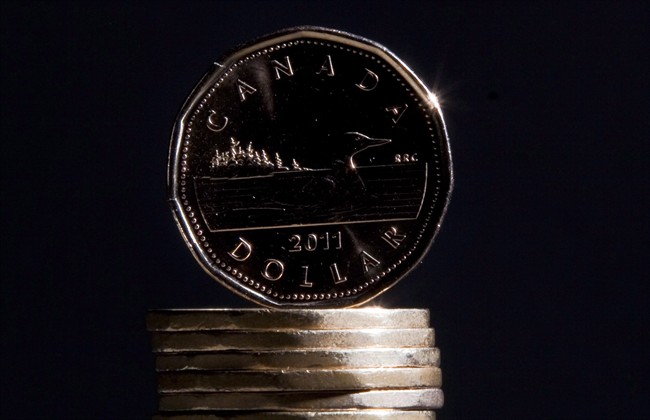TORONTO – The Canadian dollar closed lower Wednesday as the U.S. Federal Reserve moved to further reduce its key stimulus program.

Its second move to taper bond purchases by $10 billion a month, this time to $65 billion, raised questions about how Fed easing will affect currencies in emerging market countries.
The loonie closed down 0.18 of a cent to a fresh 4 1/2 year low of 89.46 cents US.
It had run as high as 90.06 cents US in the morning amid short-lived relief after several central banks in emerging market countries moved to shore up their currencies.
Currencies have been volatile since last week after Chinese data showed a contraction in manufacturing. Currencies in emerging markets are also under pressure as investors wonder how they’ll be affected by the U.S. Federal Reserve’s removal of monetary stimulus.
The Fed’s massive bond purchases over the last few years have resulted in a stream of cheap money flowing into those markets, but now that the central bank is cutting back, U.S. bond yields have risen sharply and funds are exiting those same countries.
“Emerging markets remain under pressure (and) fears of contagion remain,” observed Rahim Madhavji at Knightsbridge Foreign Exchange.
Nerves were initially soothed by the Turkish central bank’s aggressive interest rate hike to stabilize its currency, another rate hike in India and China’s injection of funds into its banking system.
But the Turkish lira gave up initial gains from the central bank’s move, while a surprise interest rate increase by South Africa’s central bank also provided only short-term strengthen to its currency.
The Fed had already tapered its asset purchases by $10 billion a month to $75 billion effective this month.
On the commodity markets, March crude on the New York Mercantile Exchange slipped a nickel to US$97.36 a barrel.
March copper was a cent lower at US$3.24 a pound while February gold bullion rose $11.40 to US$1,262.20 an ounce.

Comments